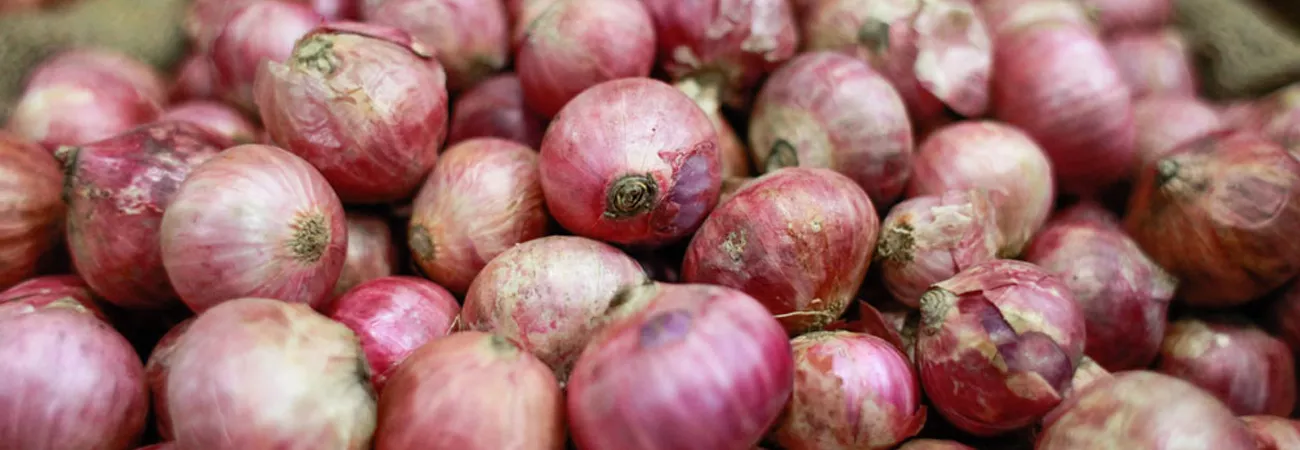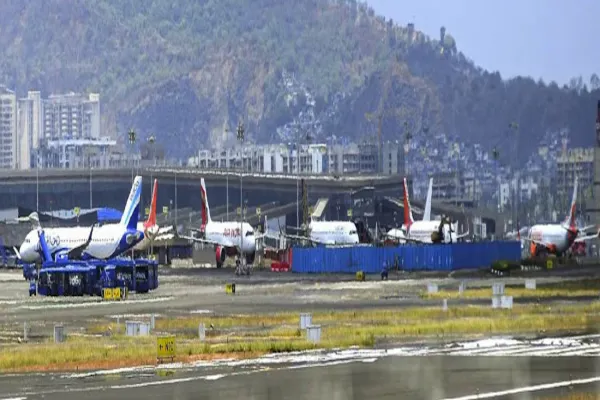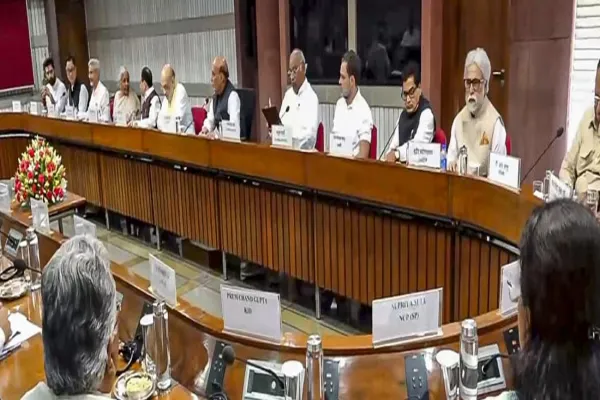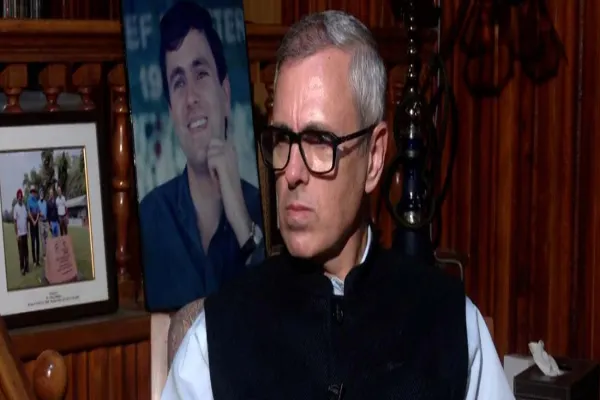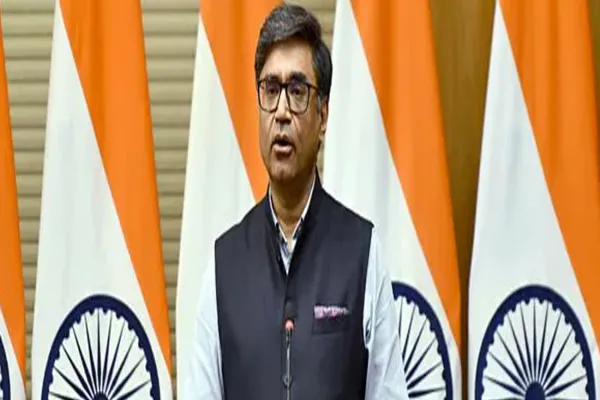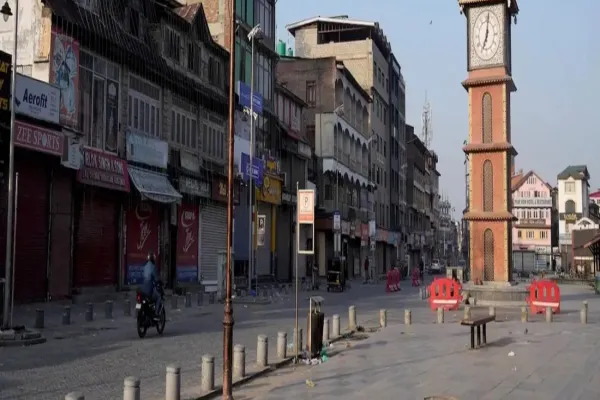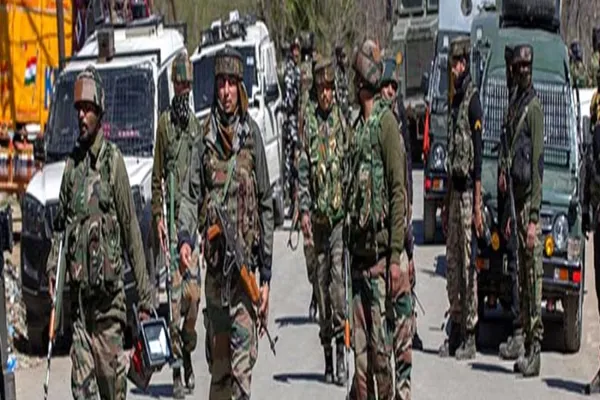i NEWS INTERNATIONAL
Farmers in the western Indian state of Maharashtra have set out on a 200km (124-mile) march to Mumbai, demanding higher prices for onions. The protests have prompted the authorities to announce some financial relief for onion growers. But farmers have rejected the proposal - and said they would continue their protest. At Namdev Thakare's vast family farm in Nashik district, rows and rows of onions lie rotting. The farmer says he doesn't want to spend money to hire labourers to harvest the onions and take them to market because he can't recover the costs.
He is among thousands of farmers in Maharashtra who are protesting after onion prices suddenly crashed over the past few weeks. One of them burned his crop in desperation after sending an invitation to the state's chief minister; others have posted parcels of onions to Prime Minister Narendra Modi in a bid to draw attention.
This is something that occurs almost every other year. At around 24 million tonnes annually, India is the world's second-largest producer of onions, behind China. Maharashtra accounts for more than half of this. About 10-15% of the countrywide produce is exported to other countries.
Damaged onion due to unseasonal rain at Lasalgaon on December 5, 2019 in Nashik, India. Angry farmers have left their onions to rot in the fields. Onion prices in India are highly volatile. The vegetable is a staple part of the cuisine in most Indian states and its perishability means it can't be stored for too long.
Onions can also be notoriously political - while a glut in supply can make prices fall, plunging thousands of farmers into crisis, a shortage can send prices soaring, sparking consumer anger that has even brought down governments in the past. Officials say that a major reason for the latest crash in Maharashtra was that demand from the populous northern states was dropping as the states of "Uttar Pradesh, Bihar, Rajasthan are also harvesting onions".
Credit : Independent News Pakistan-INP



